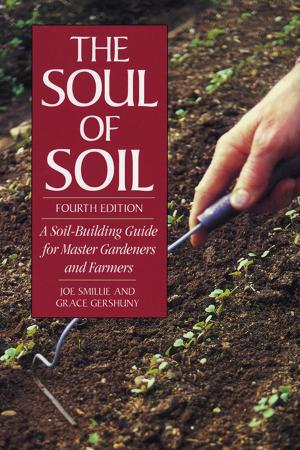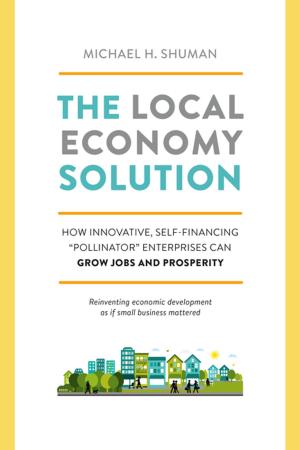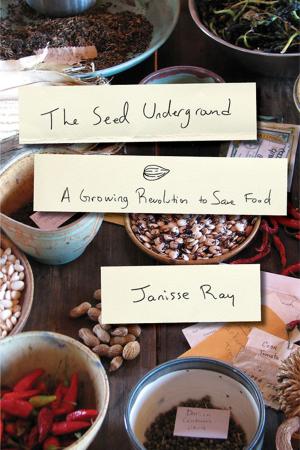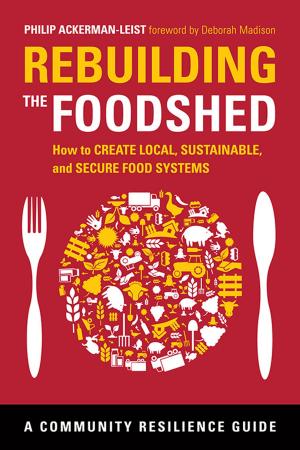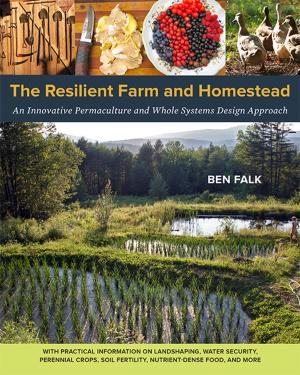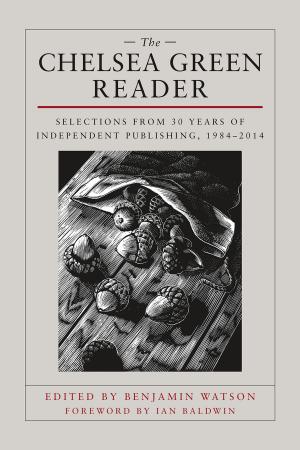Mastering Stocks and Broths
A Comprehensive Culinary Approach Using Traditional Techniques and No-Waste Methods
Nonfiction, Food & Drink, Soups & Stews, Healthy Cooking| Author: | Rachael Mamane | ISBN: | 9781603586573 |
| Publisher: | Chelsea Green Publishing | Publication: | June 20, 2017 |
| Imprint: | Chelsea Green Publishing | Language: | English |
| Author: | Rachael Mamane |
| ISBN: | 9781603586573 |
| Publisher: | Chelsea Green Publishing |
| Publication: | June 20, 2017 |
| Imprint: | Chelsea Green Publishing |
| Language: | English |
2018 James Beard Foundation Book Award Finalist, "Single Subject" Category
“Top Ten Cookbook of 2017”—Booklist
Stocks and broths are the foundation of good cooking, yet information on their use is often relegated to the introductions or appendices of cookbooks. Until now there has not been a comprehensive culinary guide to stocks in the canon, save for snippets here and there. Hard to believe, since most passionate home cooks and professional chefs know that using stocks and broths—both on their own and as the base for a recipe—can turn a moderately flavorful dish into a masterpiece. Mastering Stocks and Broths is the comprehensive guide to culinary stocks and broths that passionate home cooks and innovative chefs have all been waiting for.
Rachael Mamane, a self-taught cook and owner of small-scale broth company Brooklyn Bouillon, is reminiscent of M. F. K. Fisher, Patience Gray, and Julia Child. She takes us on a culinary journey into the science behind fundamental stocks and the truth about well-crafted bone broths, and offers over 100 complex and unique recipes incorporating stocks as foundational ingredients. Mastering Stocks and Broths includes a historical culinary narrative about stocks in the classic French technique as well as through the lens of other cultures around the world. Readers will learn about the importance of quality sourcing, the practical and health benefits of stocks and broths, and detailed methodology on how to develop, store, and use them in a home kitchen.
The recipes place a playful emphasis on the value of zero waste, turning spent bones, produce seconds, and leftover animal fats into practical products to use around the home. Readers will turn to this book when they find themselves wondering what to do with the carcass of a store-bought roast chicken and they want to learn how to make every inch of their vegetables go further.
Perhaps most important to remember: a good stock takes time. This is part of the pleasure—making stocks is meditative and meaningful, if you allow yourself the occasion. Building a stock often happens in the background of most kitchens—a smell that permeates a residence, a gentle warmth that radiates from the kitchen. Readers will be inspired by Mamane’s approach to truly slow cookery and her effervescent love for food itself.
2018 James Beard Foundation Book Award Finalist, "Single Subject" Category
“Top Ten Cookbook of 2017”—Booklist
Stocks and broths are the foundation of good cooking, yet information on their use is often relegated to the introductions or appendices of cookbooks. Until now there has not been a comprehensive culinary guide to stocks in the canon, save for snippets here and there. Hard to believe, since most passionate home cooks and professional chefs know that using stocks and broths—both on their own and as the base for a recipe—can turn a moderately flavorful dish into a masterpiece. Mastering Stocks and Broths is the comprehensive guide to culinary stocks and broths that passionate home cooks and innovative chefs have all been waiting for.
Rachael Mamane, a self-taught cook and owner of small-scale broth company Brooklyn Bouillon, is reminiscent of M. F. K. Fisher, Patience Gray, and Julia Child. She takes us on a culinary journey into the science behind fundamental stocks and the truth about well-crafted bone broths, and offers over 100 complex and unique recipes incorporating stocks as foundational ingredients. Mastering Stocks and Broths includes a historical culinary narrative about stocks in the classic French technique as well as through the lens of other cultures around the world. Readers will learn about the importance of quality sourcing, the practical and health benefits of stocks and broths, and detailed methodology on how to develop, store, and use them in a home kitchen.
The recipes place a playful emphasis on the value of zero waste, turning spent bones, produce seconds, and leftover animal fats into practical products to use around the home. Readers will turn to this book when they find themselves wondering what to do with the carcass of a store-bought roast chicken and they want to learn how to make every inch of their vegetables go further.
Perhaps most important to remember: a good stock takes time. This is part of the pleasure—making stocks is meditative and meaningful, if you allow yourself the occasion. Building a stock often happens in the background of most kitchens—a smell that permeates a residence, a gentle warmth that radiates from the kitchen. Readers will be inspired by Mamane’s approach to truly slow cookery and her effervescent love for food itself.




